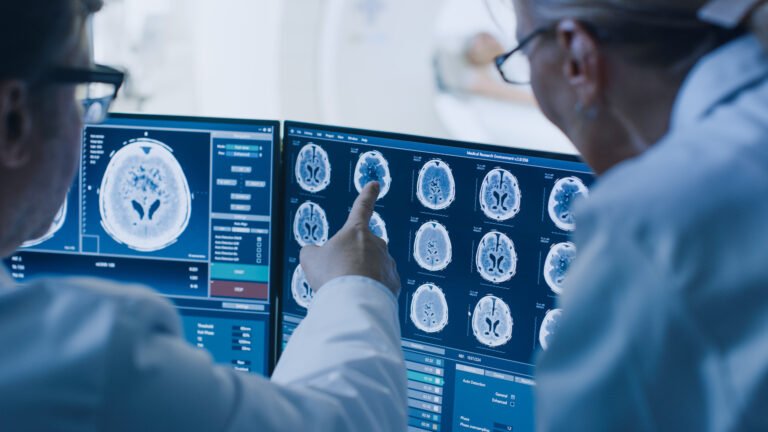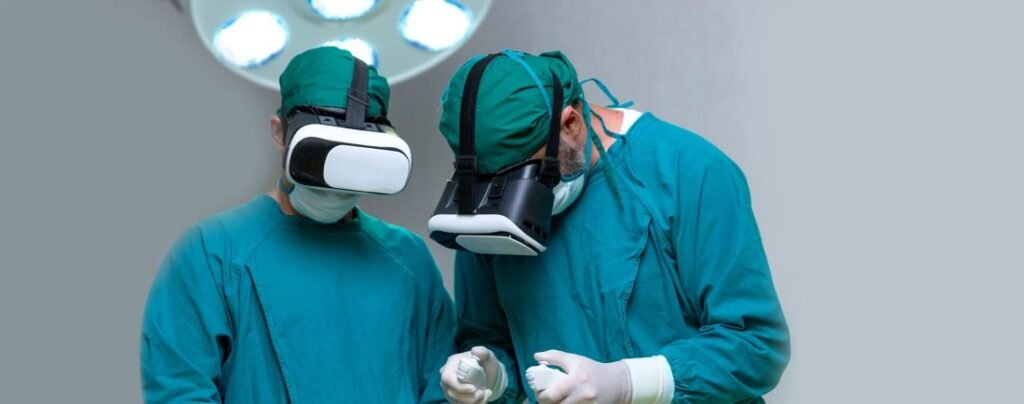Overview
Cancer is not just a global health crisis—it’s a financial and operational challenge that is reshaping the future of healthcare. With the International Agency for Research on Cancer (IARC) projecting 28.4 million annual cases by 2040, and the U.S. government alone forecasted to spend over $246 billion on cancer care by 2030, the stakes have never been higher. For founders and co-founders at the intersection of healthcare, technology, and policy, this isn’t merely a statistic—it’s a defining challenge of our time and an opportunity to lead transformative change.
But as demand surges, so too does the cost—and complexity—of effective cancer care. That’s where digital health technologies, particularly artificial intelligence (AI) and machine learning (ML), are beginning to rewrite the script.

The Economics of Precision: Why Early Detection Changes Everything
Among the deadliest cancers—lung, breast, prostate, and rectal—lung cancer alone claims around 75% of its diagnosed patients within five years. However, when detected early, survival rates can increase significantly, sometimes doubling. And yet, traditional methods like X-rays and mammograms remain riddled with limitations: low sensitivity, high false positive rates, and costly misdiagnoses.
Here’s the inflection point: AI-powered diagnostic tools are not just more accurate—they’re exponentially more efficient.
Cervical cancer: AI tools achieved 91% accuracy, outperforming specialists by 30%.
Mammograms: In one study, AI processed pathology reports 30% faster with 99% accuracy, significantly reducing unnecessary biopsies.
Lung cancer: Deep learning models detected up to 95% of tiny tumors (1–3 mm), identifying what radiologists often miss by a margin of 30 times.
From an economic lens, the implications are enormous. Early detection lowers treatment costs, reduces patient load on overburdened oncology departments, and improves resource allocation—exactly the kind of systemic improvement investors and healthcare executives should be pursuing.
AI as a Co-Pilot, Not a Replacement
It’s important to note: the rise of AI in oncology doesn’t mean radiologists or oncologists are being sidelined. Rather, these tools augment clinical intelligence. AI can process vast data sets from pathology, radiology, and genomics to reveal patterns no human could detect alone—enabling physicians to act faster and with greater confidence.
Even traditional X-rays, which use significantly lower radiation than CT scans, can now be digitally corrected to “erase” artifacts like ribs, revealing nodules hidden behind. This democratizes early detection for regions without access to high-end imaging equipment.

Startups and Giants: The Innovation Ecosystem Is Growing
What’s striking is that innovation isn’t limited to the Silicon Valley elite. While players like Google Health (with its Augmented Reality Microscope) and IBM continue to invest in digital pathology, startups in regions like Egypt are disrupting cancer diagnostics in meaningful ways.
Take Rology, for instance. The Cairo-based startup built a teleradiology platform with an AI-enabled DICOM viewer to address the shortage of radiologists—a problem not exclusive to developing nations. Or PathAI, a Boston-based firm that raised over $250 million to enhance tissue diagnostics using AI. These companies are not just building tech—they’re scaling access, improving outcomes, and creating new business models in the process.
For founders operating in adjacent domains—whether enterprise SaaS, digital health infrastructure, or precision biotech—there’s a clear takeaway: The oncology market is ripe for collaboration, convergence, and category creation.
Beyond Diagnosis: Rethinking the Cancer Care Continuum
Perhaps the most underappreciated part of this transformation is its reach beyond diagnosis. AI isn’t just about detecting disease—it’s enabling ongoing condition monitoring, better prevention strategies, and even improved end-of-life care. It’s changing how we define “quality of life” for cancer patients—and how we measure value across their care journey.
This has deep implications for healthtech business models. The next wave of innovation won’t just reward accuracy or speed; it will prioritize outcomes. And those outcomes will increasingly be tied to intelligent systems that learn from every interaction.
AI is not a replacement for empathy, judgment, or human care—it’s a multiplier. But in an era where cancer care costs are spiraling and lives hang in the balance, the real question isn’t whether AI will transform oncology. It’s whether our systems—and leadership mindsets—are ready to embrace it.
As a founder, executive, or investor, how are you positioning your business to participate in, or even lead, this AI-powered evolution in cancer care?




